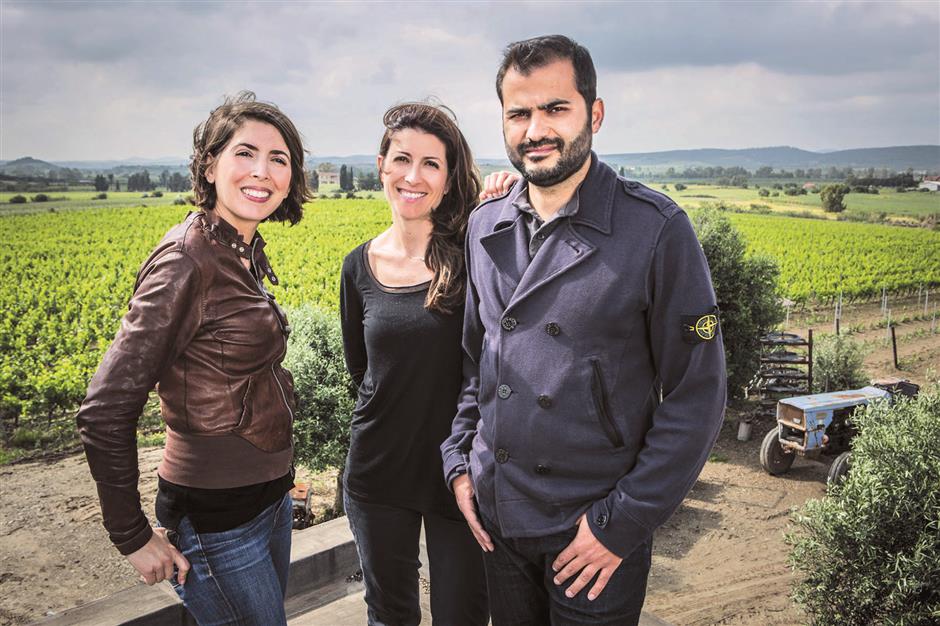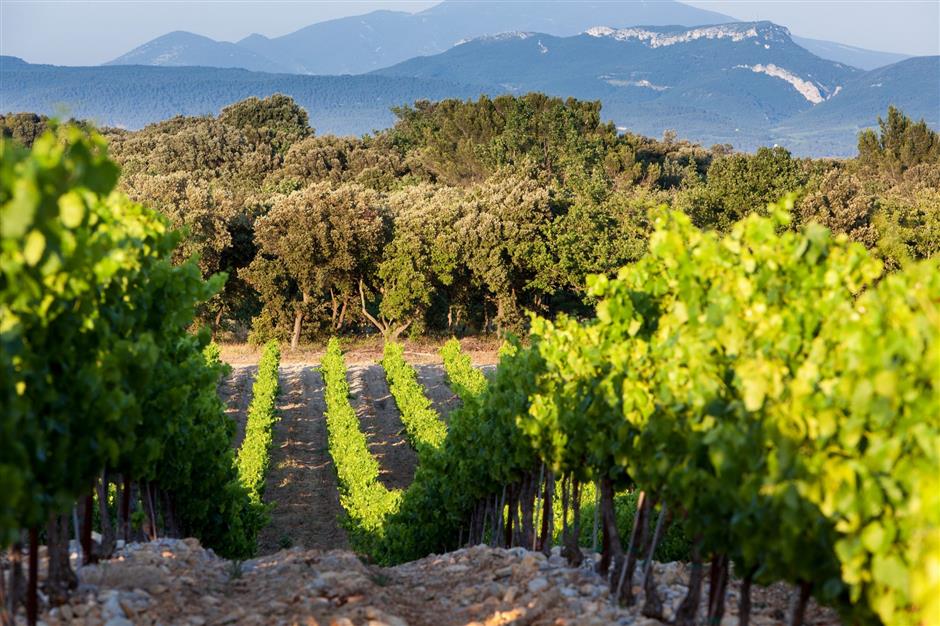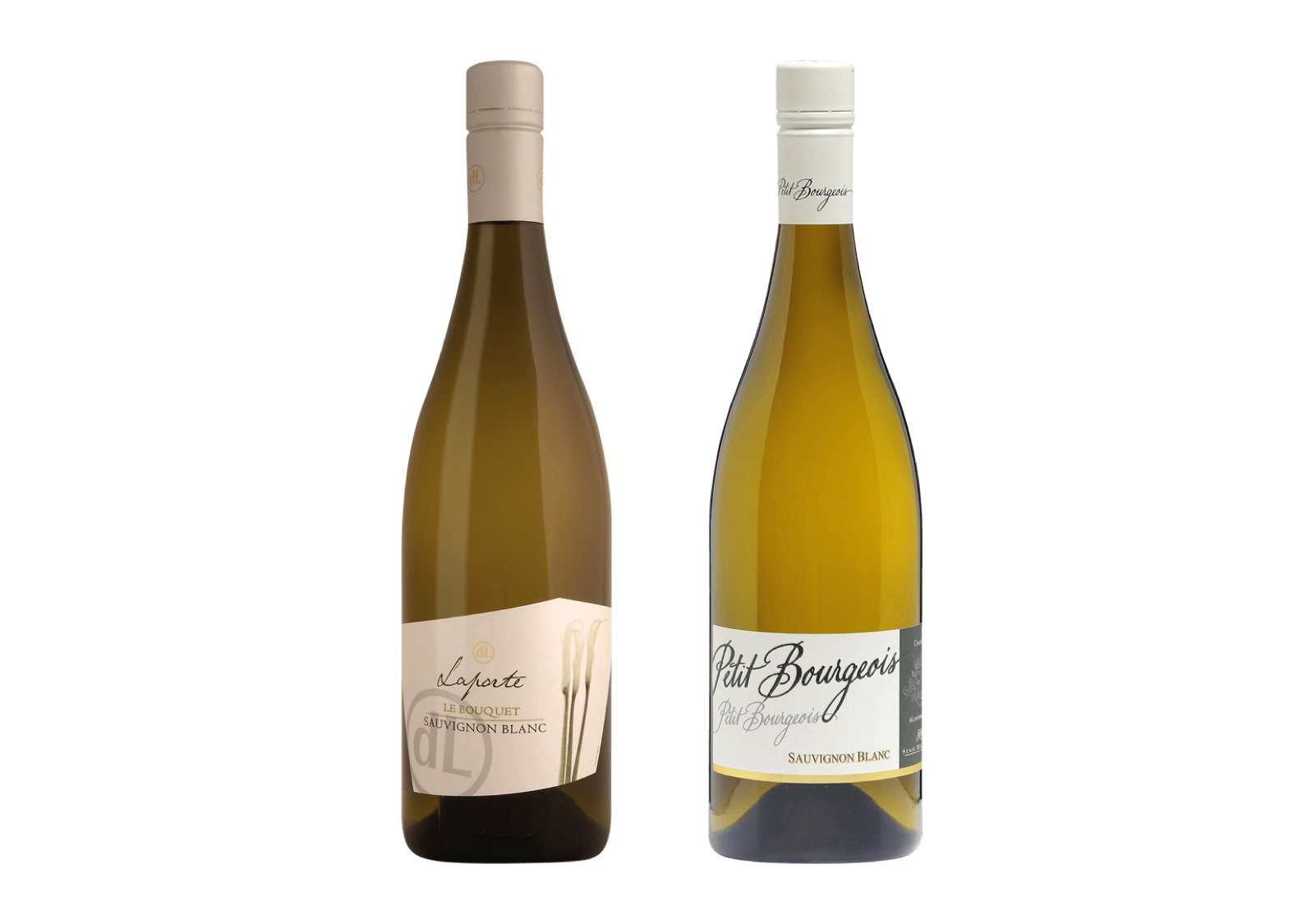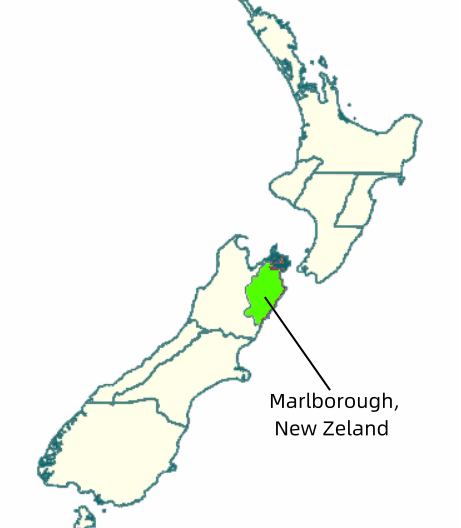Summary
Both France and Italy make a number of the world’s greatest wines and when the price is factored in, then Italy has the edge.
In terms of diversity, it’s not even close. Italy has the greatest grape varieties and wine styles of any wine-producing nation. This distinction is both a blessing and a liability. The latter is especially the case in newer, developing wine markets like China. In mature markets consumers often crave a multiplicity of choices, but in emerging markets this same attribute often leads to confusion. Nonetheless, China’s rapidly evolving and sophisticated wine environment portend well for Italian wines and there’s one region that has enormous potential.
I’ve been fortunate to travel to most of the world’s most famous wine regions. On every journey I expect something special, but a recent trip to Sardinia took my wine and culinary experiences to new heights.
Sardinia is the second-largest island in the Mediterranean, only a smidge smaller than Sicily. The Vitis Vinifera grape vine and olive tree first existed in Sardinia as wild plants.
Recent archeological digs suggest the possibility that wine consumption may date back to the Nuraghic Era of the Bronze Age. Through the millenniums the art of winemaking progressed as numerous outsiders invaded and contributed to the unique culture of the island. Sequentially, these invaders included the Semitic, Cretian, Phoenician, Punic, Roman and Byzantine cultures.
From the 13th-18th centuries the kingdom of Aragón ruled Sardinia and planted Spanish varieties including Bovale Sardo, Carignano and Cannonau that continue to flourish today.
Despite a long history during which the wines of Sardinia were prized throughout Europe, in the 20th century, most winemakers emphasized quantity over quality.
High yields, indifferent viticulture and a lack of winemaking standards hurt the reputation of Sardinian wines. Then in 1938 a remarkable gentleman named Antonio Argiolas inherited 7 acres of vines from his father and from this seemingly insignificant generational occurrence, a new age of quality Sardinian wines was born.
Antonio was dedicated to making high-quality wines using native varieties. His sons, Franco and Giuseppe, furthered winemaking advances in the vineyards and winery and in the 1980s started bottling wines under their own name.
With the help of visionary Italian winemaker Giacomo, the man behind Sassicaia, Tignanello and San Leonardo, they launched the groundbreaking Turriga wine, named after a 5,000-year-old sculpture of the goddess of Turriga that was found in the single vineyard of Selegas. This Cannonau, Carignano, Bovale Sardo and Malvasia Nera blend features a deep ruby red color and concentrated yet fresh dark fruit flavors with round tannins and a long pleasing finish.
Other highly recommended Argiolas wines you can enjoy in China are the white Costamolino Vermentino and red blends Korem, Perdera, Costera and Is Solina.
Other wineries recognized and emulated the work of the Argiolas family, and today the island boasts some of Italy’s and the world’s most delicious wines. Proudly Sardinian in style, excellent wines are now being made using the Vermentino, Naragus, Semidano and Torbato white and Cannonau (Garnacha), Carignano (Cariñena), Bovale Sardo (Graciano), Cahnulari and Monica red varieties. Sweet wines from the Moscato and other varieties are also produced.
Finding Sardinian wines in China is still a daunting task, but with perseverance you may be lucky enough to find the wines of Argiolas and other top-quality producers like Sella & Mosca, Albert Loi, Gallura and Santadi.
Sardinia is part of what National Geographic terms the Blue Zone, a small group of special places where people routinely live to 100 years or longer. Family, community, active socializing and healthy diets all play a role in the longevity of Blue Zone inhabitants, but in Sardinia, wine is also a key contributor.
Various scientific studies have indicated that moderate and regular consumption of wine is healthy and contributes to longevity.
One of the more interesting studies by the William Harvey Research Institute of the Queen Mary’s School of Medicine in London reported that the local populations in the southwest France and Sardinia living in areas where wines are rich in tannins have appreciably better vascular health and greater longevity than populations in areas where lower tannin wines are produced.
In our bodies tannins also act as antioxidants, another very good thing. One excellent example of the benefits of Sardinian wines is the pioneering Antonio Argiolas who passed away in 2009 at the ripe old age of 101. So, as we are so fond of doing in China, let’s raise a glass of wine and toast to a long life.





